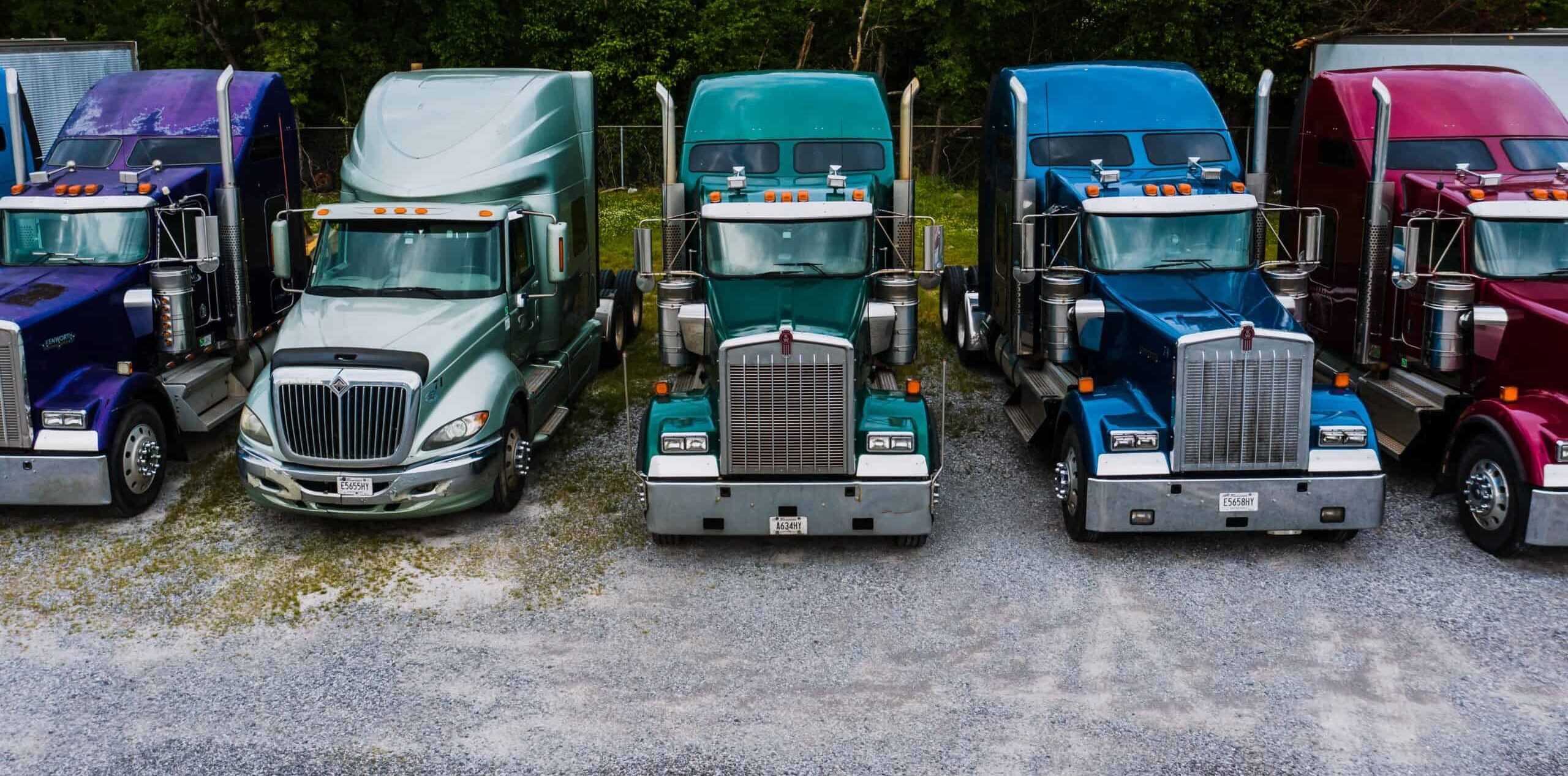The global transport management system (TMS) market space has grown steadily for years with no signs of slowing down. According to 2022 research, this market is “estimated to reach $389 billion in size by 2030…from $96 billion in 2021.” There are many TMS benefits for companies that make the jump from paper or local server-based systems to modern cloud-based technologies. Daily and even hourly micro-optimization opportunities can make life safer and less frustrating for everyone.
Automated, accurate data collection — particularly for companies achieving end-to-end supply chain visibility — may offer the most long-term strategic value. Over time, better forecasting and more informed decision-making can help businesses increase their efficiency and gain sustainable competitive advantage. A TMS benefits any business that needs to keep track of shipping in countless ways.
What is a TMS?
Transportation management systems are technology-based logistics platforms used to plan, monitor, and optimize end-to-end supply chains. Capabilities include route simulations, carrier selections, rate calculations, shipment batching, and KPI reporting, among other functions. They can streamline inbound and outbound shipping with automated operations based on customizable parameters set by individual businesses.
In many ways, a TMS modernizes how companies handle their transport operations. They often replace spreadsheet and paper-based systems that are completed manually and offer little strategic benefit. By integrating them with an enterprise resource platform (ERP) or warehouse management system (WMS), businesses are able to gain total control over their supply chains. While it’s possible to implement TMS solutions on in-house servers, the most innovative options are cloud-based. From a data protection perspective, cloud technologies are safer from attack and offer more redundancy than possible when hosting on site.
In the 2022 white paper “Does your TMS pass the stress test?,” FreightWaves highlights the following seven TMS attributes:
- Fast, low-cost deployment
- Automatic software updates
- Future-proof technology
- Turnkey integrations
- Intelligent driver workflow
- Maximum security and readiness
- Business intelligence
Who uses a TMS?
Any organization that relies on shipping and receiving items in a volume that requires coordination may benefit from a TMS. Users often include:
- Manufacturers
- Wholesalers
- Distributors
- E-commerce businesses
- Retailers
- Freight brokers
- 3PLs
The type of TMS chosen depends on specific business demands. Some factors taken into account may be transport modes supported, international shipping needs, and technical integration requirements. Oracle and SAP offer transport management modules that work seamlessly with their other products. Freight giant C.H. Robinson and Uber Freight have also developed their own well-known transport management systems. Additional popular alternatives include BlueYonder, FreightPOP, MercuryGate, Shiptify, and Shipwell.
Four valuable TMS benefits
A TMS can help users plan, manage, and analyze the pre-pickup, in-transit, and post-delivery activities of a load life cycle. These integrated capabilities enable benefits that, on a high level, often fall within the following four categories:
1) Simplification
Using a cloud-based service provider removes the need for local equipment and technical resources, streamlining space and support requirements. Other simplification benefits include:
- Automatic software updates
- Improved data security and virus/malware protection
- Ease of scalability
- Mostly plug-and-play implementation
- Reduced need to hire and train administrators
- Built-in IT redundancies, resulting in less operational disruption
- Less paperwork
2) Automation
Automated background data collection, customized decision-making triggers and thresholds, and reduced need for ‘human touch’ prevent many easily-made mistakes. This often leads to:
- More accurate, consistently timed billing processes
- Cleaner, more detailed data and fewer inputting errors
- Better compliance with procurement and vendor selection policies
- Reduced headcount
- Productivity gains
3) Optimization
Real-time data availability creates several long and short-term competitive advantages for businesses. Examples may include:
- More strategic, historical performance-based business planning
- Reduced overhead due to streamlined routing, inventory, and resource management
- Improved safety and sustainability measures
- Sounder decision-making
- More effective disruption avoidance or mitigation activities
- Better use of time
- Increased forecasting accuracy
4) Differentiation
Having access to more, higher-quality information enables companies to provide better services more efficiently to end customers. Some of these these potentially differentiating advantages could be:
- Reduced supply chain costs for more competitive pricing
- More accurate tracking
- Improved time estimates
- Faster shipments
- Better employee, vendor, and public relations
Transport management systems streamline operations
Companies that have a need to track transport operations on spreadsheets or paper would benefit from the implementation of a TMS. Many businesses that don’t track transport operations because of the complexity would also benefit from starting to do so. The availability of formerly inaccessible data insights can lead to game-changing efficiencies and strategic planning capabilities.
Realizing that your business can benefit from a TMS isn’t the hard part; that’s making a selection. With so many systems available, deciding which TMS to implement can be confusing and time-consuming. Read “How to make a TMS decision” to learn which considerations to keep in mind as you choose the best TMS for you and your business.
FAQ
Transportation management systems (TMS) are technology-based logistics platforms used to plan, monitor, and optimize end-to-end supply chains. They can streamline inbound and outbound shipping with automated operations based on customizable parameters set by individual businesses.
Any organization that relies on shipping and receiving items in a volume that requires coordination may benefit from a TMS. Users often include manufacturers, wholesalers, distributors, e-commerce businesses, retailers, freight brokers, and 3PLs.
TMS costs are difficult to compare due to differences in business models, capabilities, upfront expenses, and payment terms. According to a 2022 FreightWaves Ratings article, an enterprise-wide TMS license can cost anywhere from $10,000 to $250,000. Out-of-the-box solutions with low up-front costs that charge by the number of system connections may seem cheaper than custom builds at first. However, company growth and annual maintenance fees can rapidly add up. Other TMS providers base pricing on company size and the number of vehicles managed. Chicago-based FreightTech startup MVMNT has introduced a free-to-use platform that’s scalable, boasts a full range of capabilities, and requires no set-up fees.


